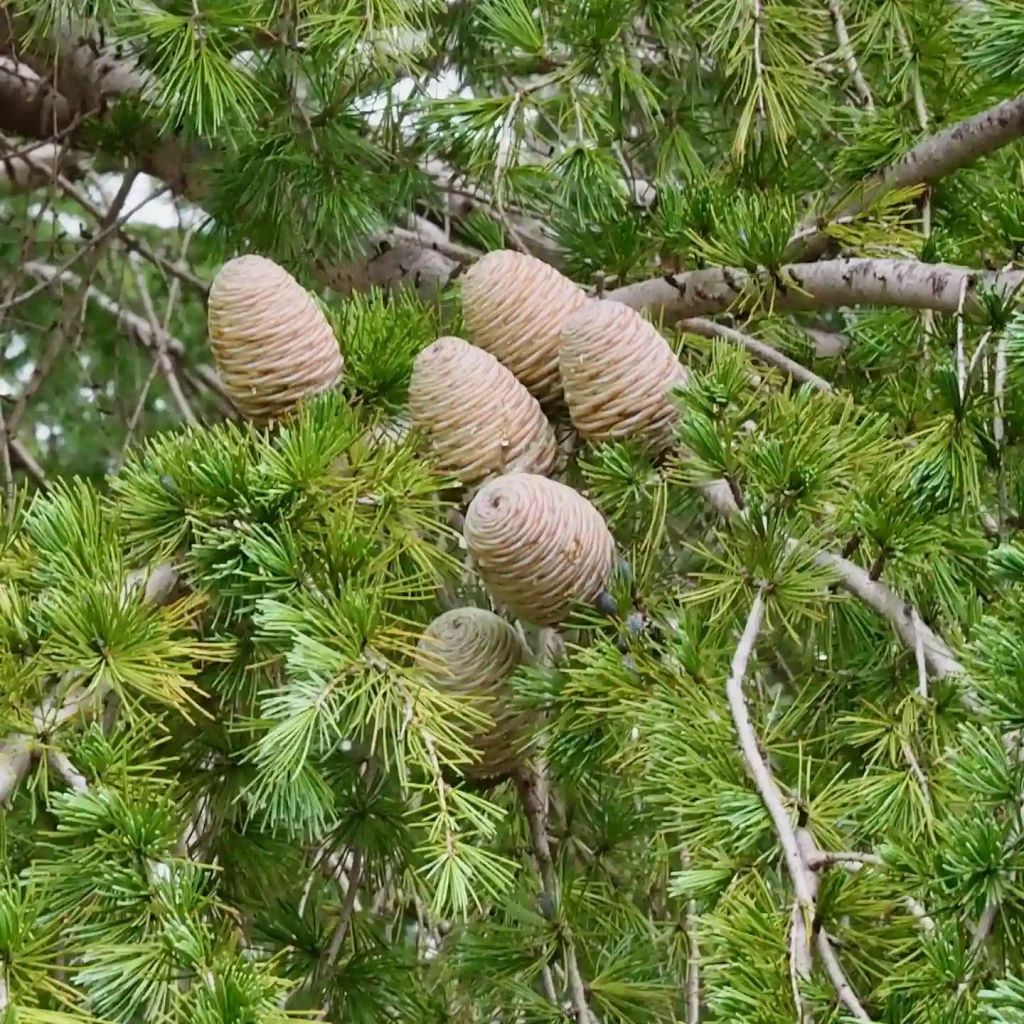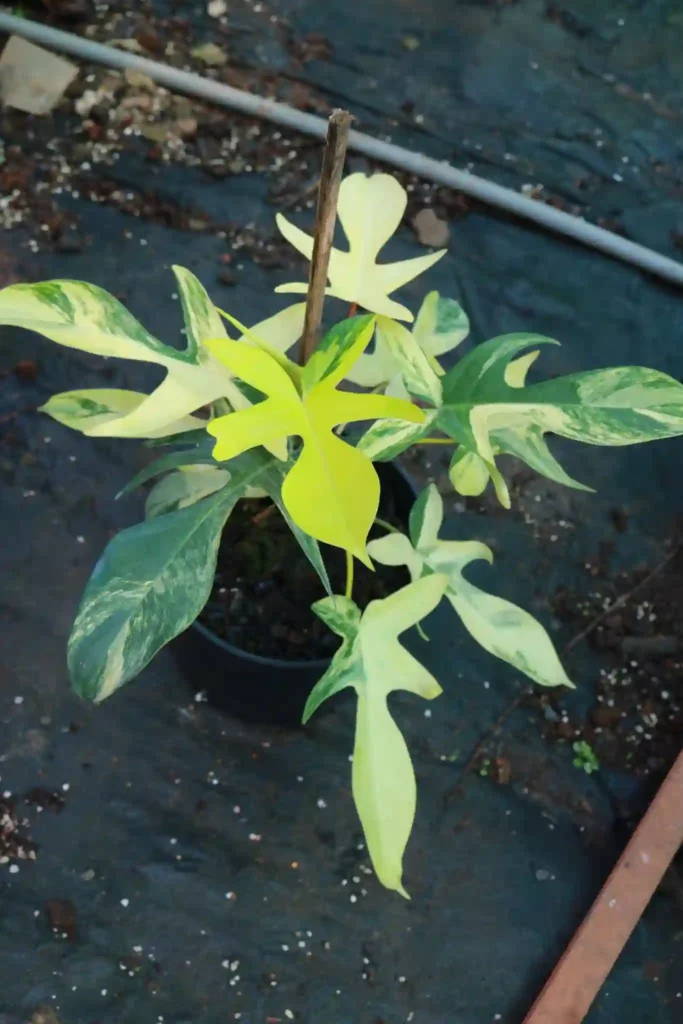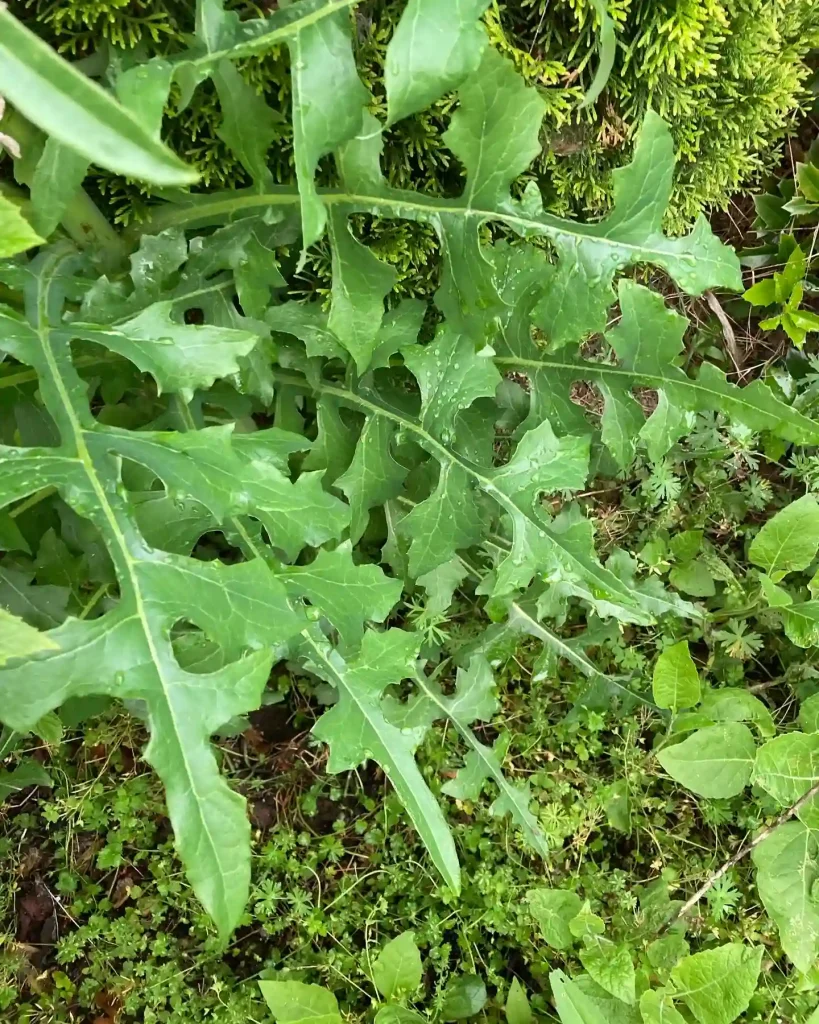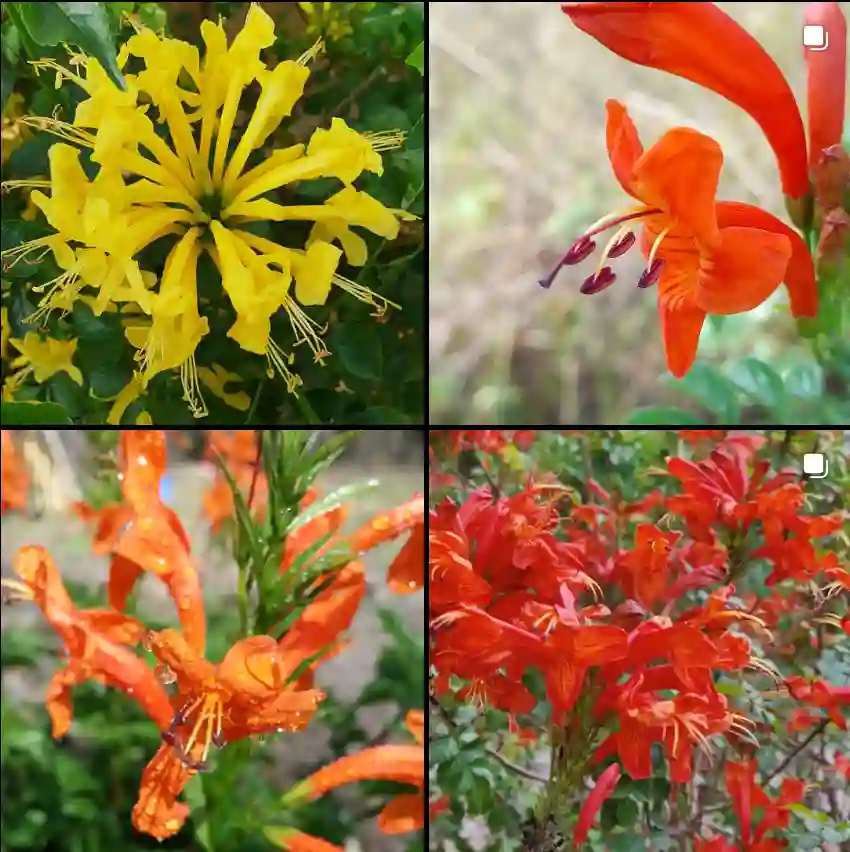Understanding the Menispermaceae Family
The Menispermaceae family, or “moonseed” family, has long captivated me with its diversity, unique forms, and medicinal potential. As I dive deeper into the fascinating world of Menispermaceae, I find myself continuously drawn to its distinct genera and complex relationships with ecosystems around the world. This family includes a wide array of climbing plants, shrubs, and vines, making it quite a versatile botanical group with species scattered across tropical and subtropical regions. Each genus brings its own characteristics, uses, and adaptations, which make them not only valuable in horticulture but also significant in herbal medicine and ecological balance.
Characteristics of Menispermaceae
The Menispermaceae family stands out with its distinctive, often heart-shaped leaves, climbing vines, and the characteristic “moonseed” drupe structure. These drupes give the family its name due to the crescent, or moon-like shape of their seeds, especially in the genus Menispermum, which is among the most well-known. Most plants in this family are dioecious, meaning individual plants bear either male or female flowers. This characteristic promotes genetic diversity, making Menispermaceae plants incredibly resilient in the wild.
One thing I’ve come to appreciate about Menispermaceae is their variation in flower and fruit morphology. The flowers, while typically small, can range from inconspicuous to vividly appealing depending on the species and region. This adaptability allows different genera to attract specific pollinators and helps the plants flourish in diverse environments, from dense rainforests to open woodlands.
Traditional and Modern Uses
The Menispermaceae family is steeped in medicinal history, particularly in Asian and African herbal practices. Species within this family have been used in traditional medicine for centuries, prized for their alkaloid compounds which have therapeutic properties. For example, alkaloids found in genera like Tinospora and Cissampelos are studied for their potential anti-inflammatory, antimicrobial, and immunomodulatory effects. Traditional uses aside, these plants are also part of ongoing pharmacological research, which further deepens my respect for the role they play in human health and well-being.
The genera of Menispermaceae also support ecological systems by providing habitats and food sources. These climbing vines create canopy layers in forests, which support various insects and animals, and their often brightly colored fruits attract birds that help disperse their seeds.
Genera in Menispermaceae
Exploring the Menispermaceae family means understanding the unique qualities of its many genera.
- Abuta Aubl.
- Albertisia Becc.
- Anamirta Colebr.
- Anisocycla Baill.
- Anomospermum Miers
- Antizoma Miers
- Arcangelisia Becc.
- Aspidocarya Hook.f. & Thomson
- Beirnaertia Louis ex Troupin
- Borismene Barneby
- Burasaia Thouars
- Calycocarpum Nutt. ex Spach
- Carronia F.Muell.
- Caryomene Barneby & Krukoff
- Cebatha Forssk.
- Chasmanthera Hochst.
- Chlaenandra Miq.
- Chondrodendron Ruiz & Pav.
- Cissampelos L.
- Cocculus DC.
- Coscinium Colebr.
- Curarea Barneby & Krukoff
- Cyclea Arn. ex Wight
- Dialytheca Exell & Mendonça
- Dioscoreophyllum Engl.
- Diploclisia Miers
- Disciphania Eichler
- Echinostephia (Diels) Domin
- Elephantomene Barneby & Krukoff
- Eleutharrhena Formánek
- Elissarrhena Miers
- Fibraurea Lour.
- Georgesia L.Lian & Wei Wang
- Haematocarpus Miers
- Hyalosepalum Troupin
- Hyperbaena Miers ex Benth.
- Hypserpa Miers
- Jateorhiza Miers
- Kolobopetalum Engl.
- Legnephora Miers
- Leptoterantha Louis ex Troupin
- Limacia Lour.
- Limaciopsis Engl.
- Macrococculus Becc.
- Macrophragma Pierre ex L.Lian & Wei Wang
- Menispermum Tourn. ex L.
- Nephroia Lour.
- Odontocarya Miers
- Orthogynium Baill.
- Orthomene Barneby & Krukoff
- Pachygone Miers
- Parabaena Miers
- Parapachygone Forman
- Paratinospora Wei Wang
- Penianthus Miers
- Pericampylus Miers
- Perichasma Miers
- Platytinospora (Engl.) Diels
- Pleogyne Miers
- Pycnarrhena Miers ex Hook.f. & Thomson
- Rhaptonema Miers
- Rhigiocarya Miers
- Rupertiella Wei Wang & R.Ortiz
- Sarcolophium Troupin
- Sarcopetalum F.Muell.
- Sciadotenia Miers
- Sinomenium Diels
- Sphenocentrum Pierre
- Spirospermum Thouars
- Stephania Lour. – 89 Species in Genus Stephania
- Strychnopsis Baill.
- Synclisia Benth.
- Syntriandrium Engl.
- Syrrheonema Miers
- Telitoxicum Moldenke
- Tiliacora Colebr.
- Tinomiscium Miers
- Tinospora Miers
- Triclisia Benth.
- Ungulipetalum Moldenke
Closing Thoughts on Menispermaceae
In exploring the Menispermaceae family, I feel a deep respect for the balance they offer between beauty, function, and ecological importance. Each genus has something unique to contribute, whether in traditional medicine, ornamental gardening, or the ecosystems they support. Menispermaceae plants remind me of the diversity and resilience of nature and how much there is to learn from even the most unassuming plants. As I continue to study and grow these plants, I find that they offer not only aesthetic and medicinal value but also a profound connection to the natural world, grounding me in the marvels of botanical diversity.
If i die, water my plants!



